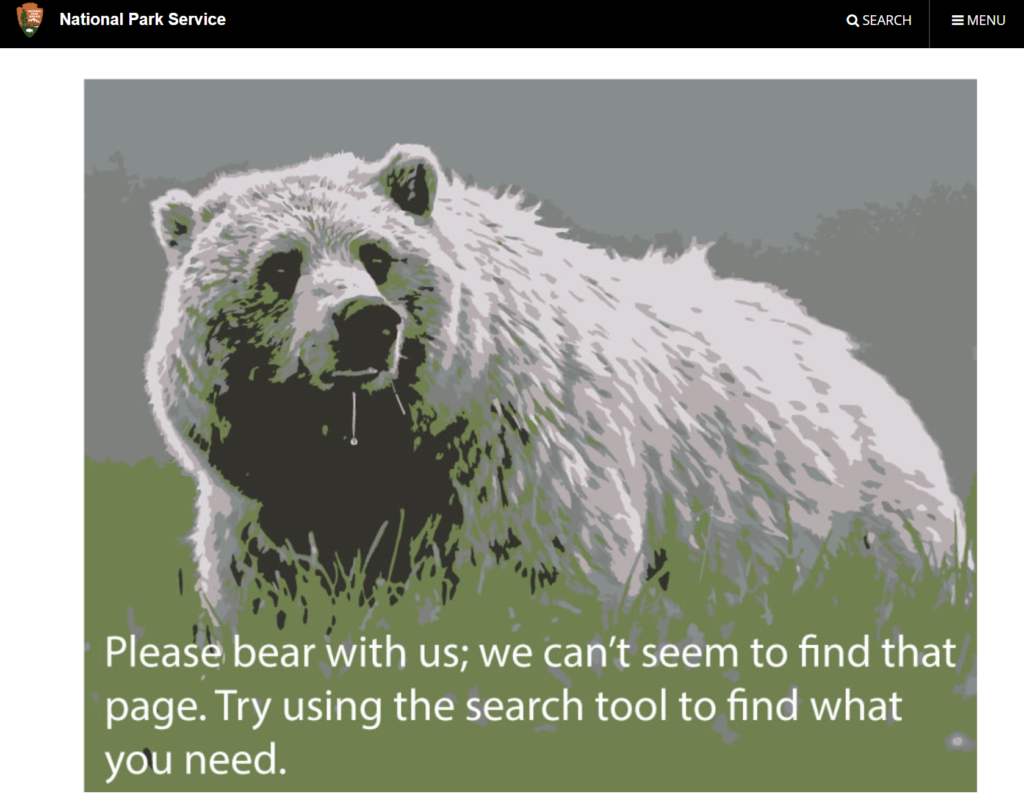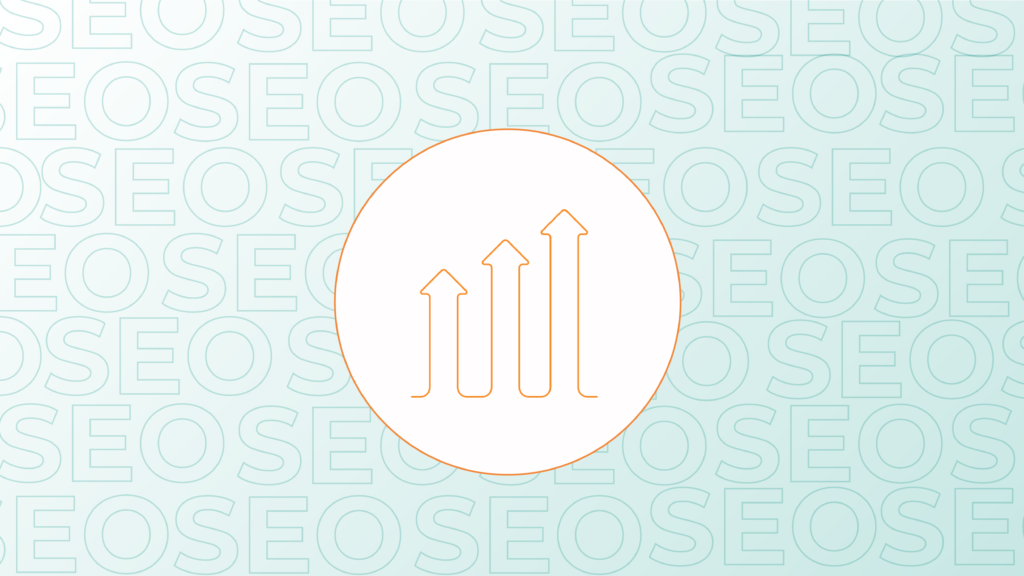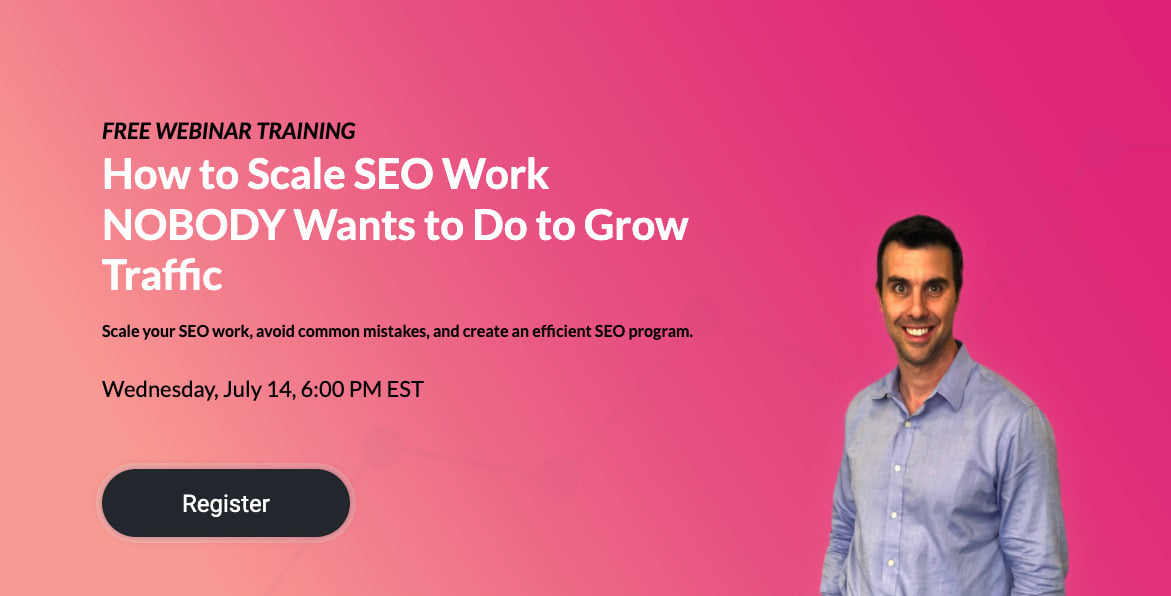Technical SEO practices change like the wind. Search professionals are constantly trying to unlock the secrets to ranking well with a strategically-built website. However, Google’s response is always the same: build your website so it is easy for your target audience to use.
This is a common theme that you will see in the various end-of-year guides for SEO. Your content is important, but not if it’s inaccessible to users. The technical side of your website needs to be easy to navigate and user-friendly.
“It’s going to become increasingly more important for SEOs to focus on shoring up their technical foundations,” Keith Goode, Senior SEO Strategist at IBM, says in an interview with Search Engine Journal. “I don’t think it’s accidental that Martin Splitt spends as much time as he does promoting good technical best practices from Google’s perspective. We should consider that a signal in and of itself.”
Keith says that Google can overcome some foundational SEO technical issues on a website, but it can’t overlook everything. More importantly, your users won’t. There are plenty of websites on the first page of Google, and most users won’t hesitate to find one with a better technical interface if yours is lacking.
With that said, here are some of the best technical optimization techniques that will help you create a website that people want to visit time after time in 2020.

Optimize for Mobile and Voice Search Users
In previous years, we explored technical concepts like mobile optimization and voice search as new ideas that smaller organizations and low-budget teams might not have the bandwidth to invest in yet. However, these technological advancements are no longer new. Today’s major tech companies are pushing for more voice search, either through home assistants or hands-free technology. Meanwhile, more users are doing the bulk of their searching on mobile devices.
For example, a third of smartphone users use voice search at least once per week and 50 percent of homes will have a smart speaker by 2022. Your users are already using voice search, it’s up to your brand to keep up.
From a technical standpoint, brands need mobile-optimized web experiences that appeal to customers when they switch from hands-free to traditional mobile screens. The content needs to be displayed clearly and provide an answer for users. It also needs to be found by search crawlers and presented easily.
Preparing for the “voice search revolution” (or “voice search-maggedon,” depending on how you view it) requires a fair amount of technical optimization beyond content creation. It requires a fast website and a clean layout that appeals to users and crawlers alike.
Speed is Everything
Google has been pushing site speed as an important aspect of web design for more than a decade. While it only recently made speed a mobile ranking factor a few years ago, a fast website has always been considered an important element to improving user experience. We already saw how speed was a hot topic of discussion in 2019, and this will continue as we look at technical SEO practices in 2020.
Specifically, Google is improving its standards for what it considers to be a fast website with data based on user experiences. A website that loads in less than a second has an excellent load speed. A website that takes more than 2.5 seconds to load is doing poorly. Everything in between is average.
The farther your brand dips below average, the higher your bounce rate and lower your conversions will be.
The focus on site speed has spawned several SEO trends as brands look for solutions that apply to their brand. Some websites turn to redirects through content delivery networks (CDNs) to load pages from closer servers. Others are using progressive images to load content faster without sacrificing image quality. The best solution is the one that speeds up your website within your budget and workload without creating a worse user experience.
Improve the User Experience
One of the biggest technical SEO issues websites encounter is bad user experience. Complicated or vague site navigation can leave your users feeling lost and frustrated. As a result, they bounce from your content and are unlikely to return. From a crawler standpoint, a confusing layout creates a bad experience, which makes Google less likely to promote your pages.
User experience is a big trend taking center stage in 2020, brands will need to switch to data-driven site improvements. This means looking at patterns of issues that customers have and making adjustments to resolve them. By looking at your analytics and conducting tests, you can make changes that customers really benefit from, keeping them on the page and interacting with the brand longer.
Follow the Continued Move Toward PWAs
Progressive web apps (PWAs) are alternatives to traditional apps that need to be downloaded or websites with mobile-optimized experiences. These apps load on mobile or desktop and are optimized regardless of the device or browser. PWAs are a perfect example of brands coming up with creative solutions to improve user experience and site speed based on consumer demand. Most users might not realize they’re using PWAs but still appreciate the positive overall experience.
PWAs are also affordable for developers. There is a universal code for all devices and the content is easily shared and accessed. This saves time and development hours because one fix is applied across all platforms. There are no app store restrictions and the content is crawlable to benefit your SEO.
If your brand struggles to juggle an app with web content – or you can’t keep up with device changes – consider investing in the progressive web app option. It may streamline your development and overall SEO operations.
Focus on Security
If you’re looking to build trust with your customers while also improving your technical SEO, consider the state of your website security. Today’s audiences are increasingly concerned about site security provided by brands. In a survey of 1,000 consumers, 88 percent said they are concerned about the privacy of their data online. If you expect your customers to give you their personal information, credit card numbers, and other data, then you need to show how you’re protecting it.
Protecting customer data is a burden that falls on businesses. Less than half (46%) of all consumers have done anything to adjust their privacy settings over the past year and even fewer consumers have checked to see if their data is compromised. While consumers want their data to be protected, they don’t know (or aren’t taking the steps) to protect it.
Use the start of the new year to review the security of your website and how you are communicating these security efforts to your customers. You can win people over by respecting their data and benefit in the rankings as a result.
Refresh Your Redirects
A new year is always a good time to review your website redirects and check for any technical SEO issues. Incorrect redirects are a nuisance for customers.. A user who clicks on a link in Google isn’t going to go through your website’s navigation or on-site search to find what they want. It’s so much easier to bounce and click on another site on the SERP.
There are multiple redirect issues you need to check on to improve SEO performance of your eCommerce website:
- Identify links that have 404’s and redirects from websites that have been moved or removed. Find content for these pages or remove the links on internal pages when possible.
- Use permanent, not temporary redirects. The SEO value of a 302 redirect is not passed on, and this option is used for site maintenance or temporary pages. Instead, use a 301 redirect that gives you SEO value and creates a permanent redirect.
- Remove redirect chains, where one URL gets passed through two, three, or more redirects. This takes time and is confusing for crawlers. Make sure a redirect goes directly to the page it needs to.
- Check that you are using hreflang tags correctly for international websites and multilingual pages. This can prevent slow web experiences and the appearance of duplicate content for crawlers.
- Consider updating your layout to provide infinite scrolling. Google no longer needs pagination to guide crawlers, so you may be able to create a better user experience by loading more content as users scroll down.
These are just a few suggestions for improving your redirects. Users benefit by landing on the pages they want faster while Google crawlers are less confused and better able to rank your pages.

Don’t Ignore Your Schema Markup
The Schema markup is one of the oft-forgotten aspects of technical SEO. It doesn’t provide the immediately noticeable benefits of improving site speed and doesn’t have the excitement of changing to a PWA option. However, this simple tool can provide a better experience for crawlers to present your content in a valuable way to users.
Your schema markup is a form of microdata that provides a site better description to crawlers. It provides context to crawlers in an age where Google is primarily focused on intent rather than keywords.
While there is no proof that investing in microdata can directly improve your rankings, rich snippets can make your content more clickable and may even improve your chances of ranking for position zero. Google’s search crawlers will appreciate the information and you might attract more users in the process.
Explore Automated SEO Options
As you set up your technical SEO goals for 2020, consider looking into search tools that automate the process. Various automated SEO services will conduct crawls of your website and let you know when links break or when a page is missing a few crucial aspects of technical SEO optimization. Many search efforts still require manual, hands-on improvements, but automating basic tasks can save you time and help your team focus on more pressing issues.
When looking at technical SEO solutions for eCommerce sites, there are many tools available to solve niche problems with your search experience. For example, you may want a service that flags issues with site speed so you can improve them. Alternatively, consider an option that tracks your competitors and provides keyword ideas for you to get a leg up. With the help of these modern options, you don’t need to be constantly vigilant to problems – these services will find the problems for you.
At Trinity, we provide our own automated SEO tool known as the SEO Cloud. The SEO Cloud is a new service that provides the ability to make SEO technical changes without the hassle of getting corporate IT involved. Through the SEO Cloud, new changes can be pushed out faster and at a lower cost.
See How Your Technical SEO Elements Stack Up
There are a lot of moving parts that dictate whether a website has a positive user experience. Here at Trinity, we can help you evaluate how your web presence stacks up with a search engine checklist that reviews the best technical SEO practices for optimization. Sign up for a Complimentary Search Engine Optimization Assessment or Free 30-Minute Strategy Session so you learn your strengths and weaknesses to create a plan for improvement for 2020 and beyond. We can provide deep technical insights and a clear path forward.





